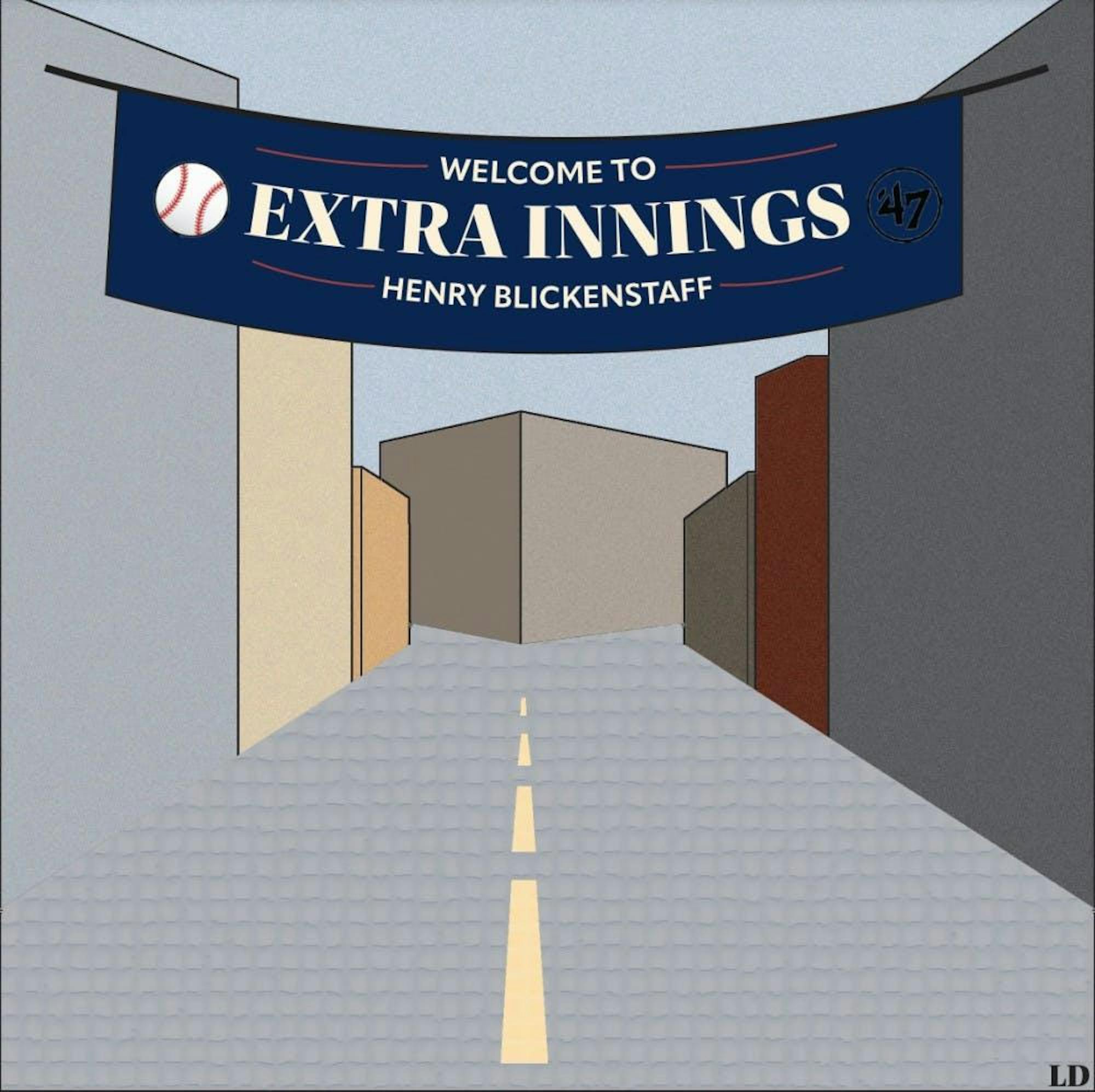Two of baseball’s best pitchers — the Braves’ Spencer Strider and the Guardians’ Shane Bieber — will miss the rest of 2024 with season-ending injuries to their ulnar collateral ligaments. It’s a reminder that pitching injuries are on the rise across baseball, and not just for the pros.
Injuries are a part of sports, but they usually result from accidents. Elbow injuries to baseball pitchers result from just … pitching. The UCL, located on the inside of the elbow, is the most common area of concern. A UCL tear typically necessitates Tommy John surgery, whereby surgeons take a tendon from another part of a pitcher’s body or a donor and reattach it to the elbow. This is a common procedure for baseball players of all levels today.
At the professional level, overuse isn’t as much to blame as is an uptick in overall velocity. The average velocity of an MLB four-seam fastball increased from 91.9 miles per hour in 2008 to 94.2 last year. Throwing 95 mph consistently used to make you a hard thrower, but now you’d just be slightly above average. Velocity is the name of the game for pitchers.
Of course, the big problem with this is that every young baseball player is constantly being incentivized to throw harder. Clocking velocity was a major part of every travel baseball tryout I was ever a part of. There are full websites devoted to helping kids throw harder so that they can get noticed by scouts.
Velocity isn’t the only problem, because while overuse might not be a problem at the professional level, it’s certainly an issue with kids. Young players are increasingly playing year-round and focusing exclusively on baseball, sometimes even just on pitching. Even though sports specialization has been shown to cause an increased risk of injury, it’s become common practice — often implemented by parents who can’t help but live through their children.
And this specialization will only get worse. For young, talented kids the best way to get noticed by scouts is to throw harder. Playing year-round and cutting other sports out of your schedule to devote more time to baseball does stand to increase your velocity. If you’re playing other sports, you fall behind.
If, by following the incentives, you increase your risk of injury, maybe there’s something wrong with the incentive structure. Unfortunately, as wrong as the structure may be, it will continue to exist until professional teams stop paying young players to throw hard. Which is extremely unlikely to happen any time soon.
As for solutions, the MLB Players’ Association seems to think that the pitch clock, which MLB implemented last year, could be to blame. Less time between pitches means less time for pitchers’ arms to recover, which means more stress on the elbow. It makes some logical sense, but MLB disputes this claim. Besides, even if the MLBPA was right, it’d be tough to convince the league to roll back one of its most popular reforms.
Personally, I think the only way this changes is if someone figures out a way to ‘injury-proof’ pitching mechanics. It’s a long shot because pitching itself is a wildly unnatural motion for your arm. But if scouts could assess a prospect’s durability from their mechanics, maybe velocity wouldn’t be quite as sacred. Until then, we’d better get used to seeing pitchers dropping like flies.






